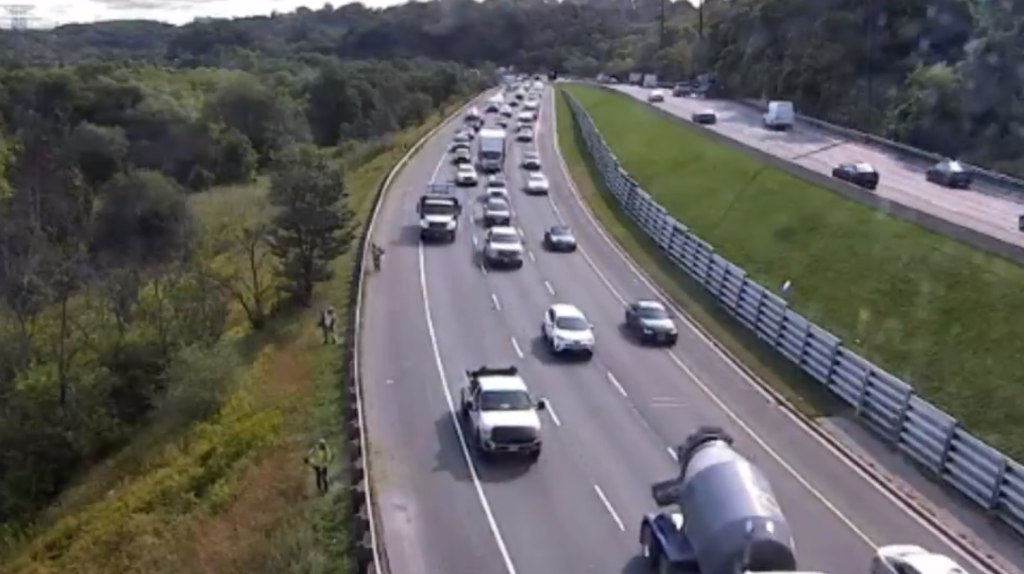Farmers, developers say their future uncertain due to threatened songbird
Posted March 3, 2013 10:00 am.
This article is more than 5 years old.
TORONTO – The bird has the voice of R2-D2 from “Star Wars,” but for land developers and farmers across Ontario, its call heralds the sound of an uncertain future.
The bobolink, a medium-sized black songbird with a white back and yellow collar, is creating friction between the Ontario government and the owners of the grasslands and hayfields it calls home.
Its status as one of 56 threatened species in Ontario, primarily caused by loss of habitat through development and farming, means it is protected under the law. But the bird’s legal status is causing lengthy delays for land developers and can force farmers to avoid growing the crops the bobolink nests in.
“It’s a big problem,” says Leith Moore, president of the Ontario Home Builders’ Association. “The bobolink has become kind of a symbol for our current issues with the amendments to the Endangered Species Act.”
The legislation, which was introduced in 2007 to identify and protect vulnerable species, included the bobolink three years ago after its population dipped from about 1.5 million in the late 1990s to 800,000 in 2008.
The number of bobolink that will migrate back to Ontario in late March is expected to fall even lower, but the species still makes its presence felt in the province’s agricultural community.
Moore’s housing development in New Tecumseth, Ont., a town about 100 kilometres north of Toronto, has been delayed because of an assessment that concludes his plans will infringe on a habitat for bobolink. Before Moore can continue his work, the Ministry of Natural Resources must approve a plan for him to create or enhance alternative habitats for the bird.
This “onerous” process can take up to a year to complete, Moore said, adding the bird is considered a pest in its winter habitat of Argentina and is often hunted by locals.
But Jason Travers, a manager with the ministry’s species at risk section, begs to differ.
“The government is not unreasonable with species that get added to the list,” he said, adding the designation of “threatened” is less dire than “endangered” or “extirpated.”
“We have passed regulations that recognize both the needs of industry and agriculture but at the same time try to benefit species at risk,” Travers said.
Travers cited a 2011 amendment that introduced a three-year grace period that gave farmers the right to harvest any crops that bobolink nest in without fear of government reprisals. The purpose of the amendment, he said, was to allow time to study the issue more thoroughly.
Despite being currently protected under the amendment, some farmers are still shying away from growing crops that attract bobolink.
Alec Mills, a farmer located in Bond Head, Ont., a community about 80 kilometres north of Toronto, says that the developers he rents his land from won’t let him grow wheat, alfalfa or any other bobolink-friendly crops because they don’t want to risk having the bird move into their nearby development areas.
“It means that I can’t do the rotation that I would like to do,” Mills said.
The revised farming practices may cost him money in the long run, he said, since he’d be forced to grow corn, beans or other crops during seasons when wheat is in high demand.
Some experts suggest the uncertainty Mills is experiencing is only expected to get worse until new legislation is drafted to replace the amendment.
“The challenge farmers face right now is the uncertainty around what the landscape is going to look like after October 2014 because they make cropping decisions two or three years in advance,” said Peter Jeffery, senior policy researcher at the Ontario Federation of Agriculture.
The Ontario Bobolink Round Table Advisory Group is in charge of making a recommendation to the Ministry of Natural Resources on what should happen after the three-year period.
A decision is expected this June.










